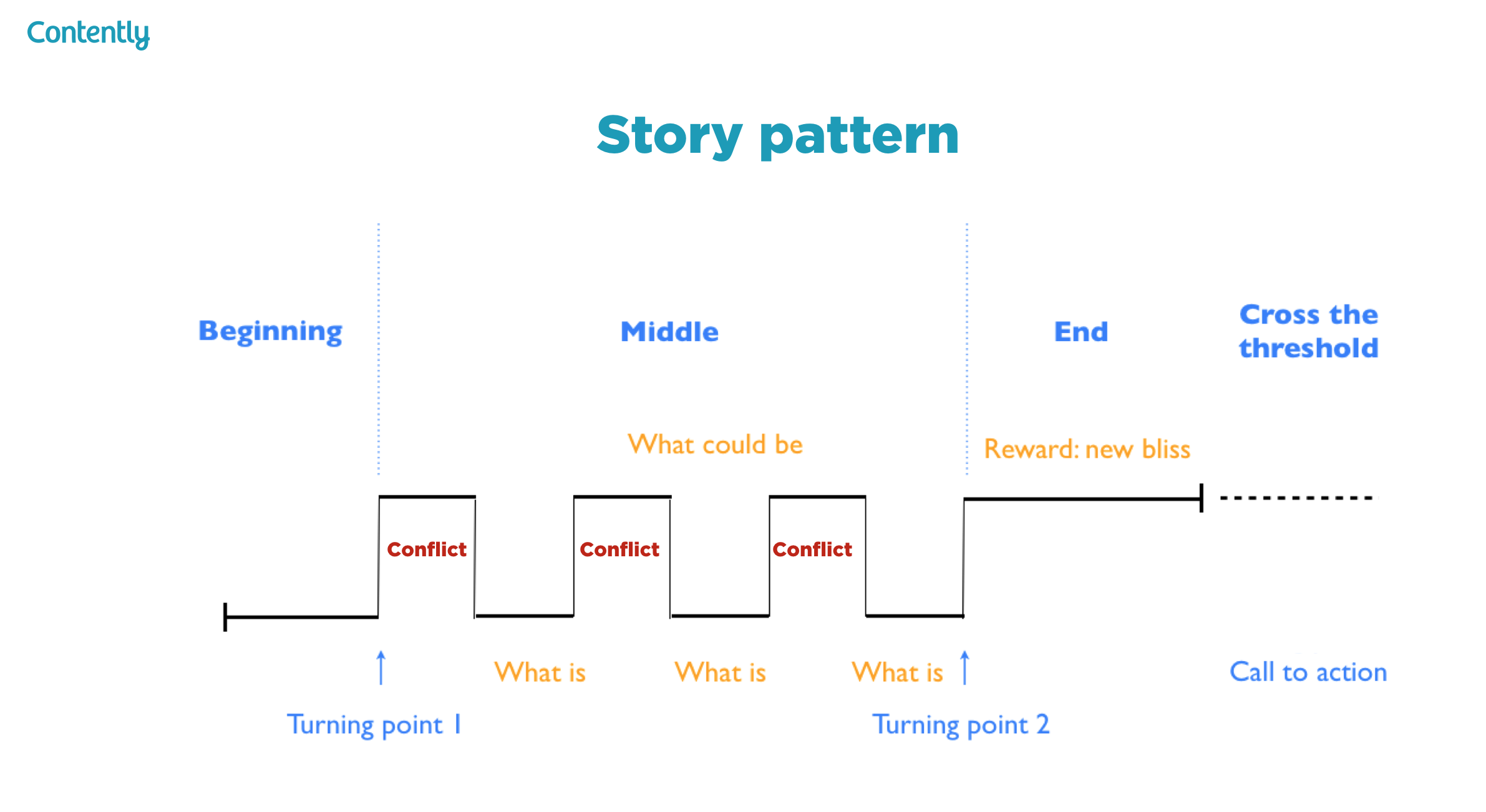Storytelling
Why Tension Is the Most Important Element of Any Story
There’s a scene in the 1993 Academy Award-winning* film Homeward Bound: The Incredible Journey, when Sassy, an extremely cautious talking cat, falls into the water while trying to cross a river in the California wilderness.
*As awarded by the Joe Lazauskas Academy for movies about very good dogs and cats.
She’s swept up in the rapids. Shadow—the wise, old golden retriever—bolts to rescue her. He races along the riverbank, imploring Sassy to keep her head above water. He finds a log, races into the water, furiously doggy-paddling to save her. But it’s in vain. Sassy tumbles over the waterfall, seemingly lost forever.
When I first saw this movie in theaters with my mom, I really had to pee. (The rushing water didn’t help.) But the tension kept me glued to my seat. For a crisp hour and 24 minutes, the danger facing the animals kept me transfixed. As they wander home, they’re chased by bears and confronted by a mountain lion. A thick interspecies and intergenerational tension hangs over every interaction.
If you’ve been following along with our elements of storytelling series, you’ll see why it was the perfect story for me. It was relatable because my mom was a vet, so I grew up surrounded by cats and dogs. It was novel because I’d never seen a live action movie with talking animals before. And it was fluent; Peter Jackson could learn a thing or two from the pacing of Homeward Bound.
But most crucially, there was tension, which is the fourth foundational element of storytelling. It’s ultimately what makes a story, well… a story.
The Tension Gap
Long before Homeward Bound changed our lives forever, Aristotle said the key to a great story was establishing the gap between what is and what could be, and then closing and opening that gap over and over again.
Think about your favorite rom-coms. They center on the gap between what is (a lonely, single life) and what could be (true love). Most rom-coms are two hours spent watching that gap almost close before something goes wrong and the gap widens again—the guy says something dumb, the jerk ex-boyfriend comes into the picture, ulterior motives are revealed.
The force that widens this gap over and over—and keeping us on the edge of our seats—is conflict. And neuroscience research has found that this dynamic is what makes us immersed and emotionally engaged in stories.

Unfortunately, many brands believe they’re allergic to a tension story. They want to tell a story in which things are always good. But that’s not only inaccurate—it makes for a terrible story.
Tension thought leadership, case studies, and more
A few years ago, we wanted to impress upon marketers the importance and power of a great story. So we gave five filmmakers in Contently’s network a challenge: a film tension story. Tell a story that communicates the power of storytelling in less than two minutes. (Very meta.) Our favorite submission didn’t mention content marketing at all. Instead, it told the story of a man trapped in an elevator.
Another example I love came from Adobe a few years ago. A desperate marketer needs some clicks to get through Q4, so he hits up a hardcore clicks dealer on the wrong side of town. Naturally, things go desperately wrong.
These are stories with real tension—and takeaways—that people remember.
Thought leadership is a beaten-to-death term used by hyperactive speakers in freshly-pressed blazers who believe they’re one keynote away from messianic status. (Like me!) But the best thought leadership is like Adobe’s video. It makes you think about a concept like content measurement in a few way. It addresses what’s wrong in your industry and shows you what the promise land looks like.
This applies to written thought leadership content too. Over the years, I’ve realized that the most impactful posts I’ve written for The Content Strategist address what we’re doing wrong in content marketing and how to do better. They often detail how we’ve messed up in the past and learned from our mistakes, like this piece on how gated content can sabotage your marketing program.
Don’t be afraid to talk about how you—and your industry—have come up short and where you need to go. Talk about what you’re currently working on. Use personal anecdotes to keep people hooked. That’s the key to a story that sticks in your audience’s minds.
The same basis applies to case studies. Tell the story of where your customer started and depict the gap between the current situation and ideal state. Tell the story of the challenges they overcame, and don’t just default to a PDF.
The importance of great stories today
Tension is a funny thing. It seems like with all the coronavirus-related horrors and anxiety happening around us right now, we’d want less tension in our content. But in fact, the opposite is true.
Tension is the key to great storytelling, and more than ever, we need stories that transport us to another world. Stories provide relief from the frenetic anxiety of our day-to-day. Stories make us feel hopeful and connected, and when we reach that blissful end, they reinforce that we can overcome tension and conflict, and hope for a happy ending. (Which is why I highly recommend watching Homeward Bound right now.)
The world needs stories more than ever, and I hope this post helps you tell yours.
Catch up on the previous three elements of storytelling below:
Content Fluency: Why You Should Write For 4th Graders
Novelty: The Storytelling Element Your Brain Craves
Relatability: The First Step to Great Storytelling
Image by Zapati SthackGet better at your job right now.
Read our monthly newsletter to master content marketing. It’s made for marketers, creators, and everyone in between.




